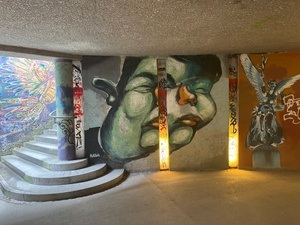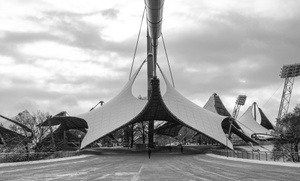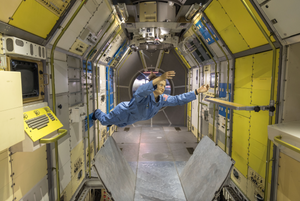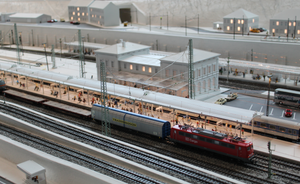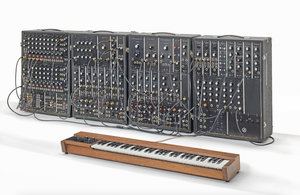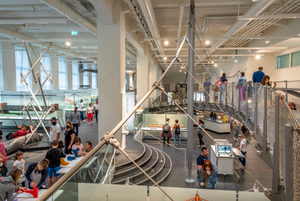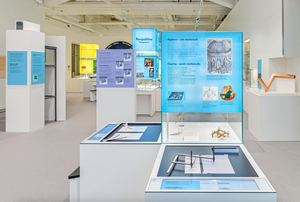Der Blaue Reiter. Eine neue Sprache
In the organizer's words:
As part of the cooperation between the Lenbachhaus and the Tate, the exhibition"Expressionists. Kandinsky, Münter and the Blue Rider" with numerous loans from our collection will take place in London. For the Lenbachhaus, with the world's largest collection of Blue Rider art, this is an opportunity to present collection highlights that do not travel together with rarely shown works by Blue Rider artists and to place their work in a wider historical context.
As part of the extensive Secession movement around 1900, the roots of Der Blaue Reiter go back to the art of Art Nouveau and Impressionism. The interest in folk art, children's art, Japanese woodcuts, Bavarian reverse glass paintings and the international avant-gardes as well as the need for free artistic development became the foundations of Der Blaue Reiter. The intensive exchange between artists such as Gabriele Münter, Wassily Kandinsky, Franz Marc, Maria Franck-Marc, August Macke, Alexej Jawlensky, Marianne von Werefkin, Robert Delaunay and Elisabeth Epstein gave rise to a productive group dynamic. Together they searched for a new language in art. It was not about a uniformity of formal means, but about the expression of collective ideas: the desire for a visualization of subjective experience, for transnational dialogue and for a visual language for the spiritual or intellectual. It is precisely this striving that finds multifaceted realization in the works of the artists of Der Blaue Reiter: from the abstractions of Kandinsky and Marc to Jawlensky's, Münter's and Werefkin's expressive depictions of people and nature.
The development of a new language is the focus of the new presentation, which also draws attention to the immediate prehistory of Der Blaue Reiter and its aftermath: for example, the Art Nouveau artist Katharine Schäffner, who was active in Munich at the turn of the century, with her dynamic prints anticipating abstraction, and Gabriele Münter's through-composed photographs during her trip to America are just as influential for this history as the works of Adriaan Korteweg and Paul Klee, who further developed the ideas of Der Blaue Reiter in their paintings. The outbreak of the First World War in 1914 marked the end of Der Blaue Reiter. During the years of war and exile, however, the protagonists again found new pictorial languages. Münter and Epstein, for example, represent a direct link between Der Blaue Reiter and New Objectivity, to which the later work of both artists belongs.
Part of the new presentation is a curated library and film section. The former brings together literature that takes up discourses and themes relevant to Der Blaue Reiter: In addition to theoretical approaches to the concept of abstraction and its relationship to the "Great Spiritual" invoked by Kandinsky, this also includes socio-historical issues such as the Blue Rider's relationship to "exoticism" and colonialism. The exhibition is complemented by contemporary films, which, as a medium that was still young at the time, also sought to find a new language and thus had a formative influence on artists such as Münter.
With a selection of around 250 works, including paintings, prints, reverse glass paintings, photographs and sculptures, the exhibition takes visitors from the turbulent period around the turn of the century to the middle of the 20th century. Numerous works have not been on display for a long time, such as the works of Paul Klee and Wassily Kandinsky's dynamic abstractions from 1914. Recent acquisitions by the Lenbachhaus Förderverein are presented for the first time, including works by Franz Marc, Maria Franck-Marc and the artist Moissey Kogan, who was persecuted and murdered under National Socialism.






